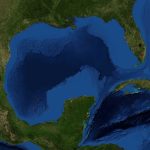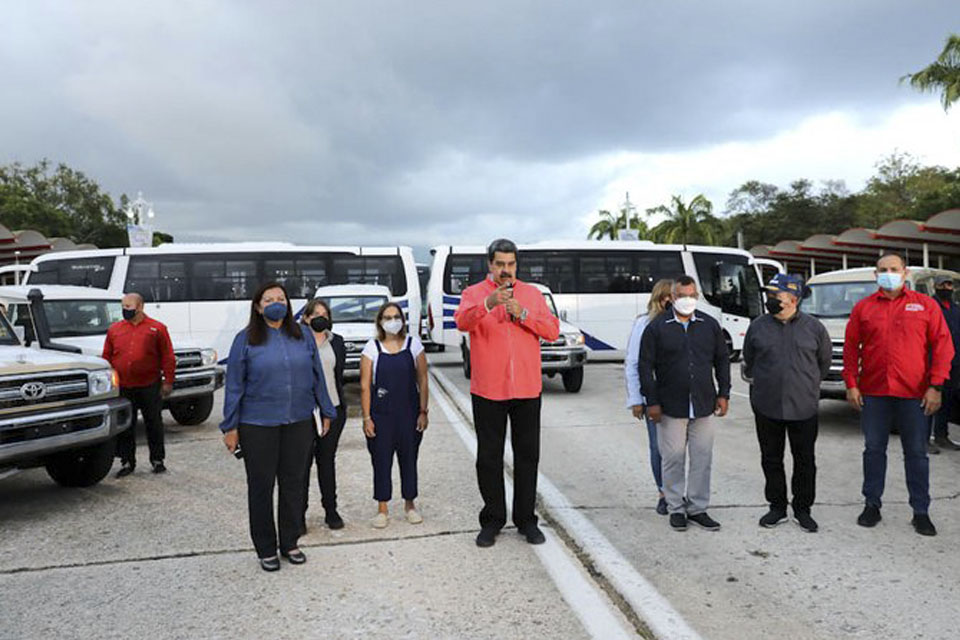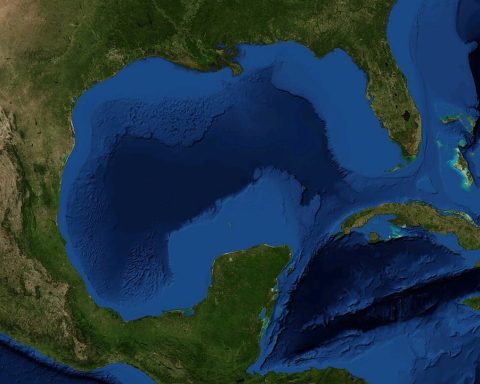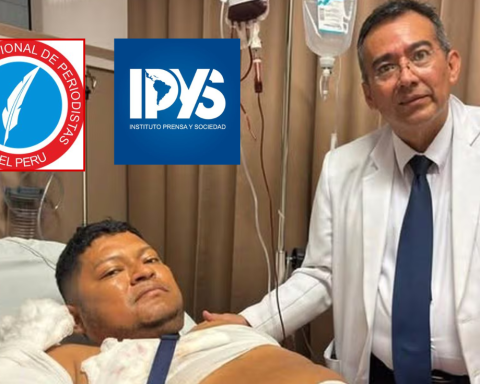Minister José Luis Falero explained that this is a first intervention on the interbalnearia to reduce the congestion that occurs at the traffic lights installed at kilometer 36 of the route. If expectations are met, the initiative will be replicated in other points, he said. The work cost nearly 1,400,000 dollars and included the recovery of the surrounding streets.
Falero was accompanied on Thursday 18 by the Undersecretary of the Ministry of Transport and Public Works (MTOP), Juan José Olaizola; the director of Roads, Hernán Ciganda; the mayor of Canelones, Yamandú Orsi, and the mayor of the area, Óscar Montero, among other national and departmental authorities.
It is a pilot plan, explained the minister, designed to speed up transit through the interbalnearia. The objective is to divert pedestrians and vehicles that want to cross the route through a lower passage.
If it is possible to reduce the current volume of traffic that occurs at that crossing, this initiative will be replicated in other areas, said the chief, adding that the decision will be made after evaluating the results obtained in the coming months. “We must carefully analyze what happens and how this crossing behaves under these conditions, because money is scarce and we will have to take actions convinced that they are the best,” he stressed to the Presidential Communication.
The work consists of a tunnel that allows vehicles up to 2.5 meters high, includes an innovative lighting system and complies with accessibility standards, which provides security to all users, he added.


















